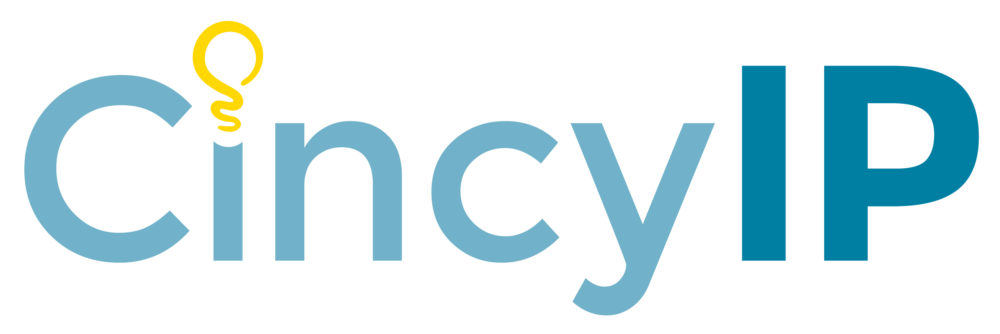This interactive talk covers the new post-grant proceedings made available for the first time at the USPTO under the America Invents Act. Michael Messinger, Partner at Sterne Kessler Goldstein & Fox will lead us as we look at the various features of inter partes review (IPR), post-grant review (PGR), and covered business method review (CBM). This talk covers the pros and cons of using these different strategies and how company decision-makers can take advantage of them. We discuss the parties and technologies involved in IPR and CBM proceedings already, and what we have learned one year in from actual case examples. Issues faced by patent defendants and patent owners are covered. These include available patentability grounds, scope of discovery, time limits, estoppels, and stays. We also describe the newly created Patent Trial and Appeal Board administrating these trials.
For additional information and to register, please click here

